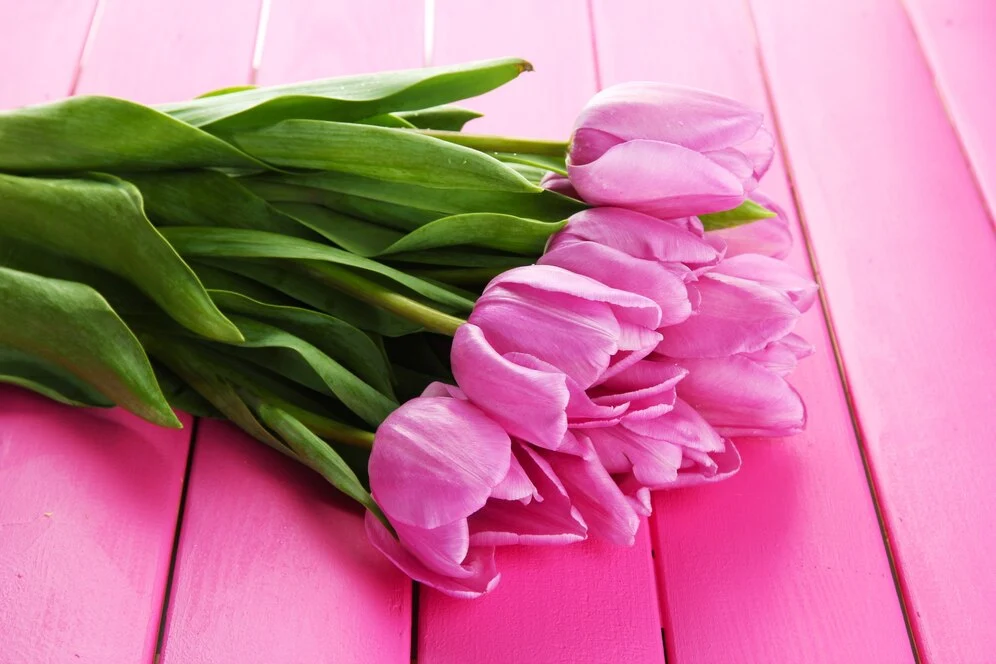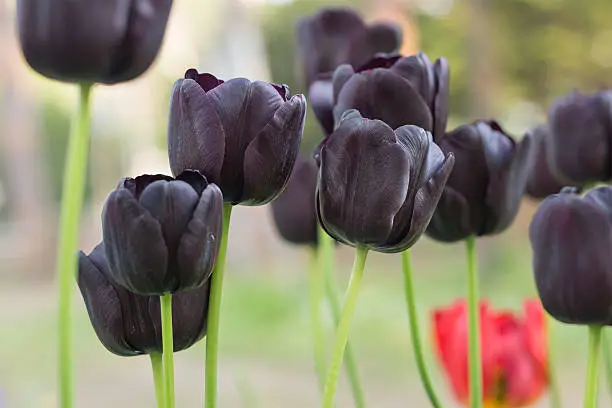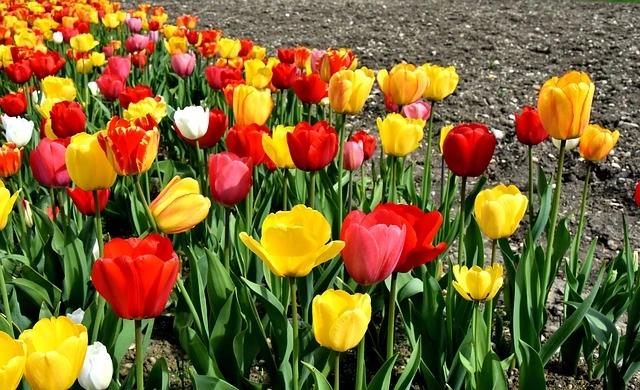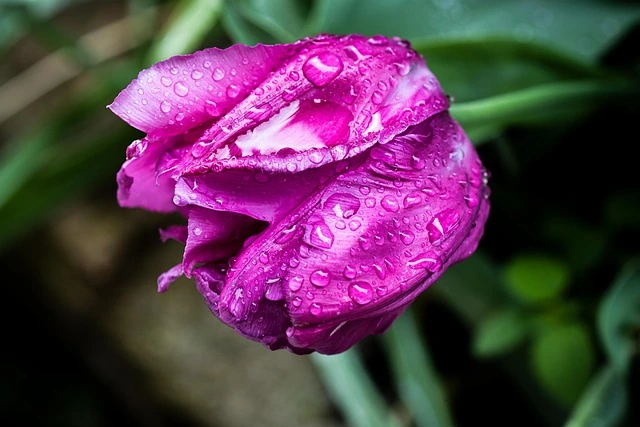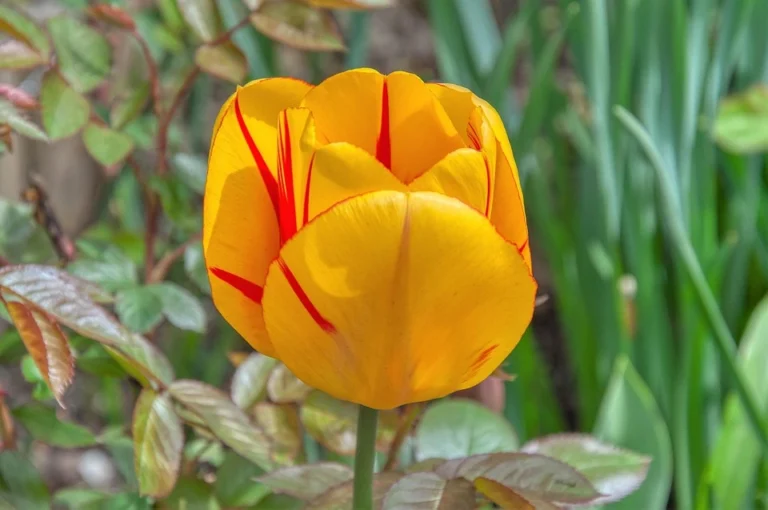Pink Tulips: The Complete Guide to Growing, Enjoying, and Decorating with These Spring Favorites
Table of Contents
Did you know that pink tulips make up nearly 30% of all tulip sales worldwide, yet most gardeners struggle to keep them blooming for more than one season? This surprising statistic reveals both the immense popularity of pink tulips and the challenges many face when trying to cultivate these beloved spring flowers. Whether you’re a novice gardener or a seasoned horticulturist, understanding the unique needs of pink tulips can transform your garden into a stunning spring showcase.
Why Pink Tulips Capture Our Hearts
Pink tulips have captivated flower enthusiasts for centuries with their delicate hues ranging from soft blush to vibrant magenta. These versatile blooms symbolize happiness, confidence, and affection, making them perfect for various occasions and garden designs.
The popularity of pink tulips dates back to the 17th century during “Tulip Mania,” when certain pink varieties sold for prices equivalent to luxury homes. Today, pink tulips remain among the most sought-after spring bulbs, with over 150 distinct pink varieties available to home gardeners.

Selecting the Perfect Pink Tulip Varieties
When choosing pink tulips for your garden, consider these outstanding varieties:
Early Bloomers (March-April):
- ‘Angelique’ – Double-flowering with peony-like soft pink blooms
- ‘Pink Impression’ – Large, vibrant pink flowers with excellent weather resistance
- ‘Christmas Dream’ – Rich rose-pink blooms with sturdy stems
Mid-Season Bloomers (April-May):
- ‘Pink Diamond’ – Elegant light pink with subtle white edges
- ‘Don Quichotte’ – Reliable deep pink that naturalizes well
- ‘Mistress’ – Unique salmon-pink with excellent vase life
Late Bloomers (May):
- ‘Sarah Raven’ – Dramatic deep pink with purple undertones
- ‘Menton’ – Sophisticated salmon-pink with excellent height
- ‘Pink Star’ – Lily-flowering type with pointed petals
Planting Pink Tulips for Maximum Impact
For spectacular pink tulip displays, timing and technique matter significantly. Plant bulbs in fall, typically 6-8 weeks before the first hard frost. This gives bulbs time to establish roots before winter dormancy.
Planting Tips for Pink Tulips:
- Choose a sunny or partially shaded location with well-draining soil
- Plant bulbs 4-6 inches deep and 4-5 inches apart
- Position with pointed end facing upward
- Add bulb fertilizer to the soil before planting
- Water thoroughly after planting, then sparingly until spring growth appears
For containers, plant pink tulips in layers with other spring bulbs like muscari or daffodils for extended blooming periods. This “lasagna planting” technique maximizes visual impact in limited spaces.
Caring for Pink Tulips Throughout the Seasons
Pink tulips require specific care to thrive and potentially return year after year:
Spring Care:
- Remove spent blooms promptly to prevent seed formation
- Leave foliage intact until it yellows naturally (typically 6 weeks after blooming)
- Apply balanced fertilizer when shoots first appear
Summer Care:
- For perennial varieties, reduce watering after foliage dies back
- Consider digging up bulbs in hot climates to store in cool, dry locations
Fall Care:
- Replant stored bulbs or add new ones
- Refresh soil with compost and bulb fertilizer
Winter Care:
- Apply mulch in colder regions (after ground freezes)
- Protect container plantings from extreme cold
Combining Pink Tulips in Garden Designs
Pink tulips create stunning visual combinations when thoughtfully paired with complementary plants:
Classic Combinations:
- Pink tulips with forget-me-nots for timeless cottage garden charm
- Mixed with white narcissus for elegant contrast
- Underplanted with purple ajuga for color harmony
Modern Arrangements:
- Pink tulips amid ornamental grasses for contemporary appeal
- Combined with hellebores for extended seasonal interest
- Paired with chartreuse euphorbia for dramatic color play
Using Pink Tulips in Cut Flower Arrangements
Pink tulips make exceptional cut flowers with proper handling:
- Cut stems when color is visible but flowers remain closed
- Cut at an angle underwater to prevent air bubbles
- Add flower preservative to vase water
- Keep arrangements away from fruit (ethylene gas shortens bloom life)
- Place in cool location away from direct sunlight
For longer-lasting arrangements, mix pink tulips with longer-lived flowers like carnations or alstroemeria, which can help support the sometimes-droopy tulip stems.
Preserving Pink Tulips Beyond the Season
Extend your enjoyment of pink tulips with these preservation techniques:
- Press individual blooms in heavy books for dried flower crafts
- Photograph your best specimens in morning light for stunning garden records
- Create tulip petal confetti for special occasions
- Dry entire blooms upside down for dried arrangements
Common Pink Tulip Challenges and Solutions
Even experienced gardeners encounter issues with pink tulips. Here are solutions to common problems:
Failure to Rebloom:
- Plant deeper (7-8 inches) to encourage perennialization
- Choose species tulips or Darwin hybrids for better return rates
- Fertilize appropriately after flowering
Pest Problems:
- Deter squirrels and mice with wire mesh covers or crushed gravel
- Combat aphids with insecticidal soap sprays
- Prevent tulip fire fungus with proper spacing and garden cleanup
Frequently Asked Questions About Pink Tulips
Q: When is the best time to plant pink tulips?
Plant pink tulip bulbs in fall, typically September through November depending on your climate zone, when soil temperatures fall below 60°F but before the ground freezes.
Q: Will pink tulips come back every year?
While many tulips are technically perennials, most hybrid pink varieties perform best in their first year. For reliable returns, choose species tulips or Darwin hybrids and plant them deeply in well-draining soil.
Q: How can I protect pink tulips from animals?
Deter bulb-eating creatures by planting tulips surrounded by daffodils (which animals avoid), covering planting areas with chicken wire until spring emergence, or using commercial repellents containing predator urine.
Q: Can pink tulips grow in containers?
Absolutely! Pink tulips excel in containers at least 12 inches deep with drainage holes. Use quality potting mix, and in cold climates, move containers to protected areas during winter or insulate with bubble wrap.
Q: Why are my pink tulips turning white or streaked?
This fascinating phenomenon called “breaking” is typically caused by a virus. While historically prized (creating the famous “Rembrandt” tulips), affected bulbs eventually decline. Remove and dispose of these plants to prevent spread.
Pink tulips continue to enchant gardeners worldwide with their timeless beauty and remarkable versatility. By understanding their specific needs and implementing proper care techniques, you can create breathtaking displays that brighten your garden and home each spring. Whether planted en masse for dramatic effect or carefully integrated into mixed borders, pink tulips reward gardeners with unparalleled color and charm during the early growing season.
What pink tulip varieties are you planning to plant this fall? Share your favorites in the comments below!
